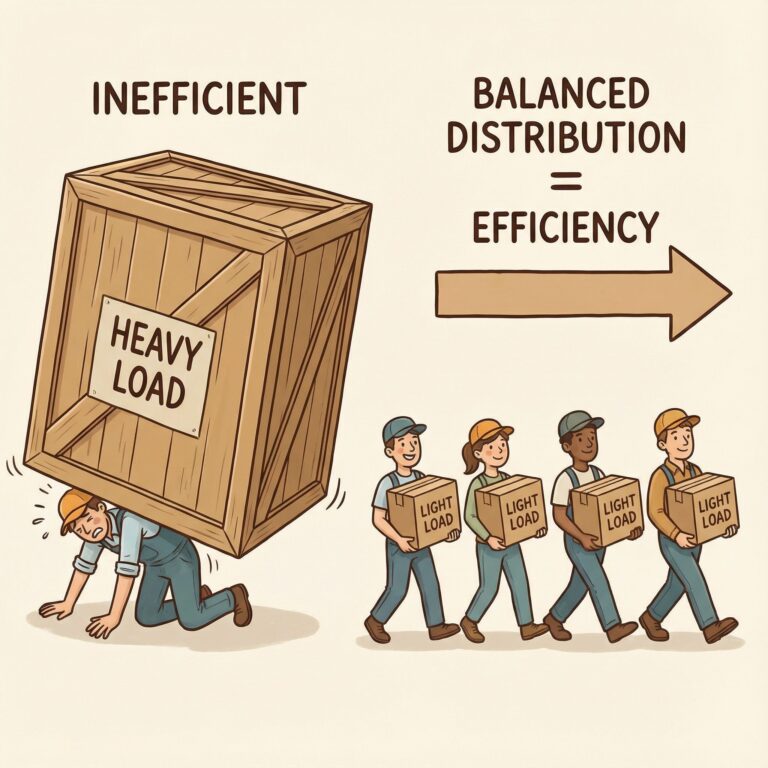Inside the World of Pachinko: Japan’s $200 Billion Gaming Wonder
The Change of Modern Pachinko
Pachinko, Japan’s top pick for fun, went from a simple 1920s kid’s game to a $200 billion market grabbing 30% of the land’s play cash. This high-level game mix uses both good old gears and new digital tech, making a play that’s all Japan’s own. 토지노솔루션
Pachinko Mechanics and How to Play
The main game uses steel ball gears, players throw tiny metal orbs down a tricky upright board. These balls move through well-made pins and traps, aiming for spots that set off digital extra games. This mix of old and new parts makes for a fun, unique play time.
Rules and Prizes
Pachinko spots run under tight rules, using a three-level prize plan. Though it’s more about fun than betting, the setup follows the rules with prize trade spots close by. This smart mix lets pachinko keep its big place in culture while following Japan’s game laws.
Tech Steps in Modern Pachinko
Now, pachinko places use the latest tech, adding IC card setups and face-check tech to make playing safer and better. Even with new tech, the love for the classic steel ball game stays, keeping the old charm but with new tricks.
Cultural and Money Impact
The pachinko market shows a tight mix of mech design and Japanese ways. With a huge money make-up and wide love, it tells how this special fun has set deep roots in Japan’s way of life, bringing old game ways to today’s fun needs.
How Pachinko Began and Changed in Japan
The Start of a Big Game
Pachinko, Japan’s well-known fun, started small in the early 20th century. The game came from a simple kid’s toy named the “Corinth Game,” brought over from Chicago in the 1920s. This clever gear, using steel balls running through an upright board, soon caught the eye of many in Japan and turned into a betting game by the 1930s.
Growth and Money Role After the War
The time after the war was key for pachinko places, turning them into important money makers in Japan. The first modern pachinko gear in Nagoya (1948) changed the game with electric parts and better play ways. A smart “special prize setup” came about as a neat way around bet laws, letting players trade wins for cash at different spots.
Big Role and Market Rule Now
Pachinko’s money role now is huge, taking about 30% of Japan’s fun cash. The game has grown into a ¥20 trillion giant, a big jump from its low-key starts. This growth shows deep trends in Japan’s living, mainly how fun and indirect bet ways mix. The lasting love for pachinko tells its key part in Japan’s culture and money scene.
Main Industry Points:
- Mech Change: From simple toys to smart electronic machines
- Money Role: Big part of Japan’s play market
- Cultural Mix: Deeply set in Japan’s social ways
- Rule Tweaks: Unique prize trade system
- Market Rise: Growth into a huge yen business Surprising Facts About Risk Revealed
A Full Guide to Pachinko
Basic Pachinko Gear
The main parts of pachinko are about a smart yet fun system. Players start by buying little metal balls, the game’s own coin. These balls go into the machine through a special tool that sets just how hard they go up. The key test is watching these balls go down through a tricky mix of pins and blocks, hoping they land in spots that give rewards.
New Digital Stuff
New pachinko gear blends cool digital tech with old gear parts. When balls hit certain drop points, players get into extra digital games with bright screens and game bits. These digital extra games set how many balls you end up with, making a fun blend of old pinball play and new game bits. The Security Tech and Talk Group in Japan keeps these machines in check, setting payout rates between 95% and 98%.
Rules and Prize Plans
The pachinko market uses a smart three-tier prize plan to fit with Japan’s bet laws. Winners get more balls, which they swap for special prize coins inside the place. These coins then change to cash at different spots. This tidy plan lets pachinko stay a top pick while playing by the rules, making it a main fun choice in Japan.
How Pachinko Shapes Modern Japan
The Money Giant of Pachinko
Pachinko play has turned into a key part of Japan’s fun work since the war time, making an amazing $200 billion each year. This huge market gives work to 300,000 people all over, showing itself as a big money force in Japan’s living.
Game Culture and Rules
The mix of pachinko spots and Japan’s bet rules shows a big cultural shift. While straight cash betting is off, the set way of trading pachinko balls for special prizes, then to cash at different spots, is a smart legal move that got okay from the whole society.
Social Touch and Play Worth
Pachinko places are key social spots, for Japan’s workers and old folks. These spots have grown past their game roots to become big cultural marks, seen a lot in Japanese news, books, and shows.
Money and New Designs
The pachinko market helps local money through taxes and jobs. Modern pachinko spots show off unique buildings and new tech, mixing Japanese old values and new moves well. This cultural hit keeps changing, showing more of society’s shifts while keeping its own spot in Japan’s fun world.
Inside Pachinko’s Big Money Game
Money Bits of Pachinko Work
Running a pachinko place needs smart business moves that drive Japan’s huge game market. The start money asks for a lot, with each machine costing from ¥200,000 to ¥400,000. Good places keep a sharp eye on how many balls go out to winnings through tight daily checks.
Prize Plans and Rules
The three-layer prize plan is key to pachinko’s business way. Players swap balls for prize coins, then these change at spots close by. This smart setup lets places work within Japanese bet rules while still making good money.
How Well the Industry Does and Smart Moves
The pachinko game makes over $200 billion a year, in a tough market. Top spots make a 15-20% profit by:
- Smart placing and better payouts
- Big loyalty plans and keeping customers
- New game features and tech
- Better comforts
- Tight checks on too much play
- Strong no dirty money rules
Place owners must always get better at following new rules while keeping good work to stay on top in this fast-moving market.
New Tech and Old Pachinko Play
The Digital Change of Pachinko Places
Modern pachinko spots show a great mix of Japanese game roots with top new tech. Now spots have smart digital screens and electric bits that have changed these old gear games. IC card setups have taken over old metal balls, while smart ball counters make the game smooth.
Fancy Game Bits and Main Gears
New pachinko machines use LCD screens, tricky animation bits, and well-known media stuff. Even with all the new tech, the main game gears are still true to their 1950s start – players guide steel balls through upright boards. Smart tech helps with both fun and following rules through top watch systems.
Know Japan’s Pachinko Rules
The Odd Legal Spot of Pachinko
Pachinko betting sits in a rare spot within Japan’s tricky rule scene. The work runs through a tricky three-party setup that smartly steps around legal lines: players trade pachinko balls for prizes at spots, then turn these prizes to cash at different places, making a rule-okay deal setup.
Rules and Staying Okay
The pachinko market keeps its good name by being “fun” not betting, even with making billions. This tag lets it work wide while sticking to Japan’s laws. The big tax help and key job making part push government okay of this setup.
Watching and Running the Market
Rule watchers keep a full eye on many sides:
- Spot work and running
- Machine bits and tech rules
- Prize trade steps and moves
Pro Pachinko Players and Top Plan Guide
Top Moves and Machine Checks
Pro pachinko players are an ace group who know the ins and outs of machine gears, number checks, and spot moves. These top dogs use smart moves to pick the best machines by checking ball paths and how often they pay out. Careful players keep a close watch on spot moves, like how often machines change and care steps, to max out possible wins.
Top System Builds and Spot Checks
Pro players build smart systems based on deep checks and number runs. They track specific gear types across many places, writing down how they do and what’s in their make-up. These pros look close at nail setup moves – key pins set ball roads – and watch how day-to-day wear changes game gears over lots of plays.

